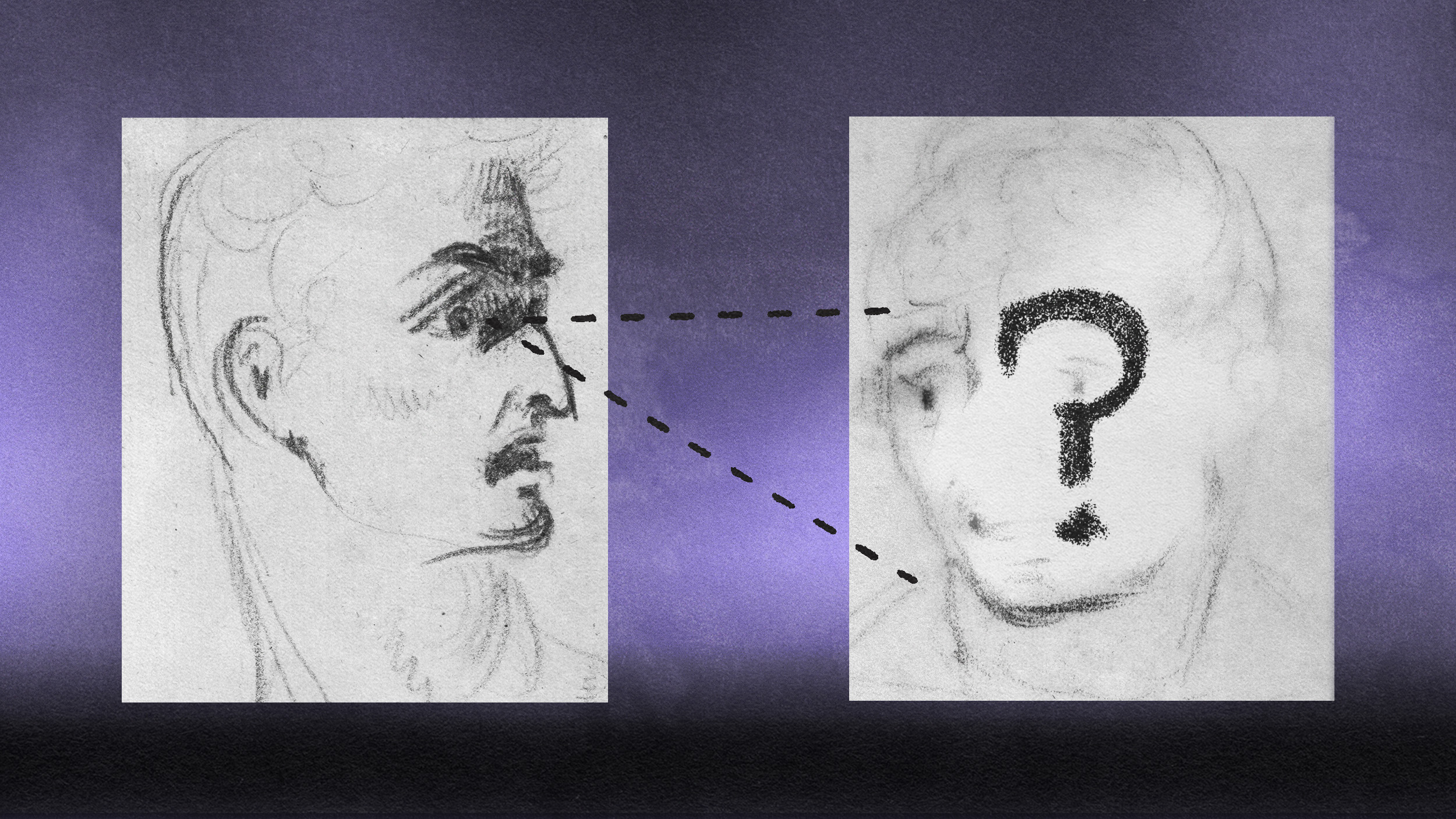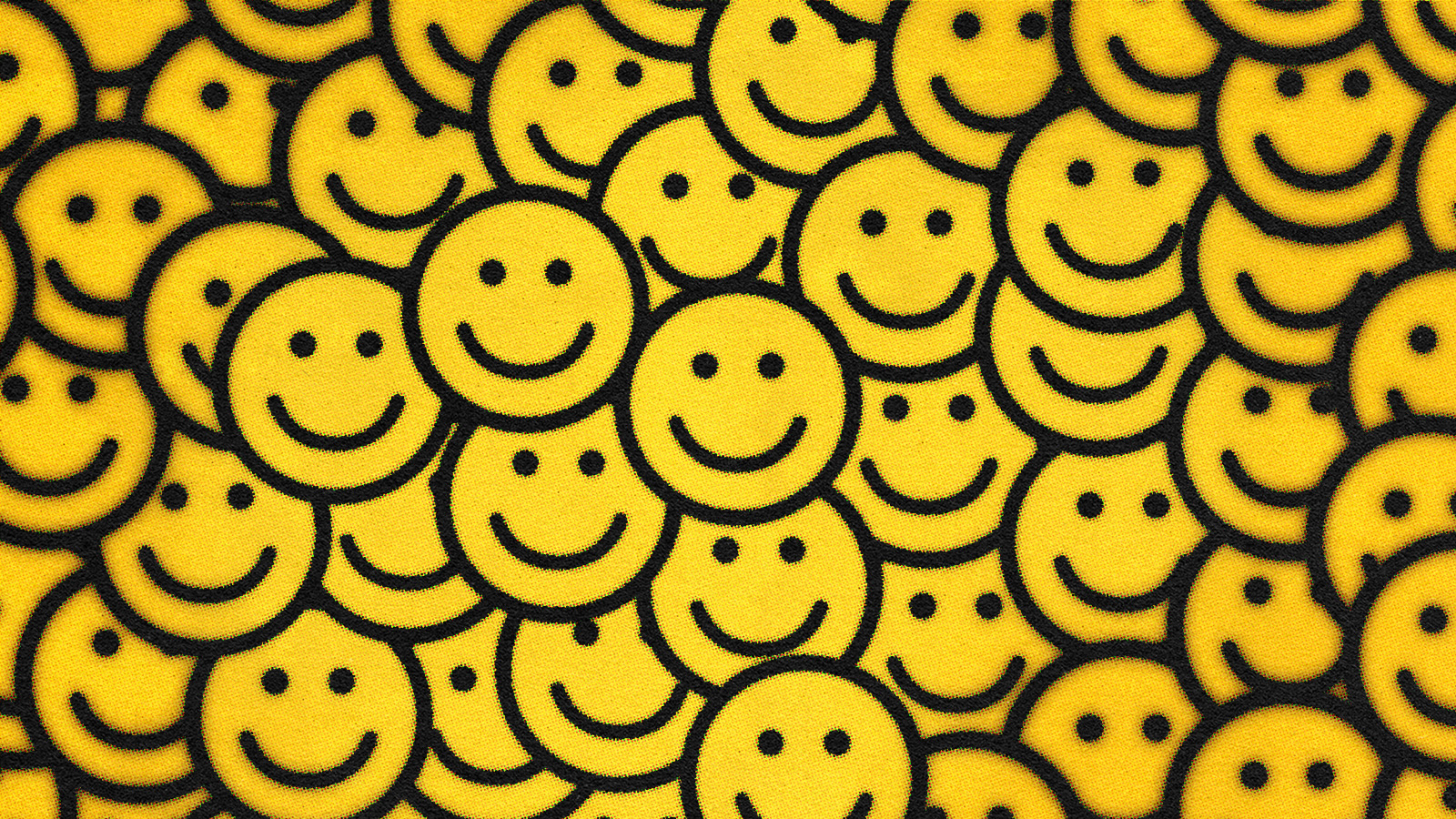How “radical respect” can optimize collaboration

- “Radical respect” is a regard for the feelings, wishes, rights, and traditions of others, and does not need to be “earned.”
- With radical respect we can work together productively while also leaving space to disagree.
- Defining — and responding correctly to — bias, prejudice, and bullying will help all teams create a more healthy culture.
The word respect has two very different meanings. The first has to do with admiration for someone’s abilities, qualities, or achievements. That kind of admiration has to be earned. But that’s not what “radical respect” is about.
The definition of respect I’m using is a regard for the feelings, wishes, rights, and traditions of others. This kind of respect is something we owe to everyone; it is not something that needs to be “earned.”
This kind of unconditional respect is crucial to a healthy culture. We don’t have to respect a person’s opinion on a particular topic—we can disagree, vehemently.
We don’t have to respect a particular action a person took—we can still insist there be consequences for harmful action.
But we do have to respect that person as a human being if we want to be able to work together productively while also leaving space to disagree and hold each other accountable for causing harm.
Radical respect happens in workplaces that do two things at the same time:
- Optimize for collaboration, not coercion.
- Honor individuality, don’t demand conformity.
What gets in the way of radical respect? Parsing the problem
Why is the combination of optimizing for collaboration and honoring individuality so rare that I dub it radical?
All too often, our biases cause us to expect conformity without even realizing what we are doing. When we are at our worst, we seek to establish dominance or to bully others at work, rather than seeking to collaborate with them. And again when you layer management systems and power on top of those instincts, things go from bad to worse.
Bias, prejudice, and bullying are often behind this drift away from creating the kind of respectful culture that is essential for long-term success. One of the reasons they are so insidious is that it can be hard to distinguish between them.
People often treat them as though they are synonymous. This can make the problems they create seem monolithic, insoluble. For example, when you respond to bullying as though it were bias, you can actually make it worse. Bias, prejudice, and bullying each require a very different response.

To solve a difficult problem, it’s useful to break it down into its component parts. Let’s start with some simple definitions.
Bias is “not meaning it.” Bias is unconscious. It comes from the part of our minds that jumps to conclusions, often reflecting stereotypes that we don’t believe if we stop to think.
Bias, prejudice, and bullying are often behind this drift away from creating the kind of respectful culture that is essential for long-term success.
Prejudice is “meaning it.” It is a consciously held belief, often rationalizing flawed assumptions and stereotypes.
Bullying is “being mean.” There may be no belief, conscious or unconscious, behind it. Often it is the instinctive use of in-group status or power to harm, humiliate, dominate, or coerce others.
There’s obviously a lot more to say about each. But these simple definitions can make it easier to know what to say in the face of bias, prejudice, or bullying, whether you are the leader, the upstander, or the target.
How to move back towards radical respect: What to say when you don’t know what to say
When was the last time you were in a meeting and someone said or did something so “off” that it left you gobsmacked—not knowing what to say. Here is a simple framework that might help you know what to say next time.
- An “I” statement invites the person to consider your perspective and is a good response to bias.
- An “it” statement establishes a clear boundary between a person’s freedom to believe whatever they want, but not to impose that belief on others, and so is a good response to prejudice.
- With a “you” statement, you are taking an active stance and refusing to let the bully put you in the submissive role, so it can be an effective response to bullying.
For example if you think what has been said was bias, you can say, “I don’t think you meant that the way that it sounded.” This holds a mirror up to the other person and invites them in to understand the situation from your perspective.
However, if it seems this is a consciously held belief that involves some sort of unfair or inaccurate stereotype, holding up a mirror won’t work. Instead, you need an “it” statement. An “it” statement can appeal to the law, an HR policy, or common sense. “It is illegal to…” or “It is an HR violation to…” or “It is illogical to…”
Of course, to show a bully a boundary is to invite them to kick past it. And you don’t want to invite a bully in to understand things from your perspective; you want to create distance.
For this, a “you” statement can be helpful. “You can’t talk to me like that.” or “Why are you behaving this way?” or even a you non-sequitur: “Where’d you get that shirt?”
The bully is trying to put you in a submissive role, to demand that you answer their questions or to shine a scrutinizing spotlight on you. A “you” response puts you in the active role, makes clear that you are not going to tolerate their abuse, and shines an uncomfortable spotlight on their behavior.
Who is responsible for radical respect? Roles and responsibilities
Of course, an “I,” “it,” or a “you” statement lands differently coming from a leader than from the person harmed or an “upstander.” And your degrees of freedom will be different depending on your role.
Most uncomfortably, we all play the role of the culprit from time to time. I certainly am not free of bias; and if I don’t want to be prejudiced I need to become aware of my prejudices; and though I try really hard to be kind, I sometimes bully others.
The book Radical Respect is organized around the different things we can do to address each of these problems, depending on whether we are a leader, an observer, the person harmed, or the person who caused harm—as we are all bound to do.
At different moments, we all play all of these roles, and sometimes we play two or more of these roles at the same time. Even if you are not the “boss,” you will be the leader in certain situations.
And being the boss doesn’t protect you from being the target of bias, prejudice and bullying. But knowing how to respond can offer some protection both for you and your team’s culture.





